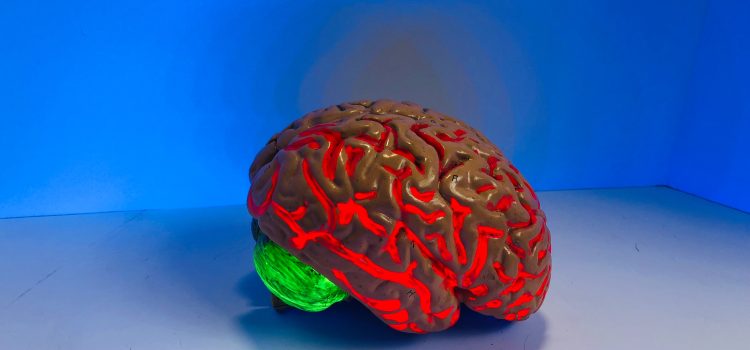
Brain injuries can have devastating consequences on a person’s health and quality of life. The good news is that medical professionals are continuously developing innovative treatment options that can help prevent brain injuries and minimize their impact. Here, we explore some of the latest advances in brain injury prevention and treatment.
Protective Gear and Safety Measures
Prevention is always the best approach when it comes to brain injuries. Protective gear such as helmets, mouthguards, and padded clothing can significantly reduce the risk of head injuries during contact sports, cycling, or other activities. Additionally, safety measures such as proper lighting, non-slip surfaces, and handrails can reduce the risk of falls, which are a leading cause of brain injuries.
Early Detection and Diagnosis
When a brain injury does occur, early detection and diagnosis are essential. The symptoms of a brain injury can be subtle, and some may not appear until days or even weeks after the injury. That’s why it’s important to seek medical attention as soon as possible if you suspect you have a brain injury. Healthcare professionals can use a variety of tools, including brain imaging and neurological tests, to diagnose brain injuries and determine the best course of treatment.
Innovative Treatment Options
The treatment options for brain injuries vary depending on the severity and location of the injury. Here are some of the latest innovative treatments:
Hyperbaric Oxygen Therapy (HBOT): HBOT is a non-invasive therapy that involves breathing pure oxygen in a pressurized chamber. This treatment can increase the oxygen supply to the brain, which can promote healing and reduce inflammation.
Stem Cell Therapy: Stem cells have the unique ability to transform into different types of cells, making them a promising tool for repairing damaged tissue. Researchers are currently exploring the potential of stem cell therapy for treating brain injuries.
Transcranial Magnetic Stimulation (TMS): TMS is a non-invasive treatment that uses magnetic fields to stimulate nerve cells in the brain. This treatment has been shown to be effective in treating depression and anxiety, but researchers are also exploring its potential for treating brain injuries.
Cognitive Rehabilitation: Brain injuries can affect a person’s ability to perform basic tasks, such as walking and talking. Cognitive rehabilitation programs can help people regain these skills and improve their overall quality of life.
Ethical Considerations
While the latest advances in brain injury prevention and treatment are exciting, it’s important to remember the ethical considerations involved. For example, some treatments may not be affordable or accessible to everyone, raising questions about equity in healthcare. Additionally, the use of performance-enhancing drugs in sports can increase the risk of brain injuries, but using these drugs is also unethical and can put other athletes at risk.
Conclusion
Brain injuries are a serious public health concern, but the latest advances in prevention, diagnosis, and treatment offer hope for those who have been affected by these injuries. By taking steps to prevent brain injuries, seeking prompt medical attention, and exploring innovative treatment options, people can reduce the impact of brain injuries and improve their overall quality of life. As medical professionals continue to develop new approaches to brain injury prevention and treatment, it’s important to stay informed and advocate for ethical and equitable healthcare practices.










